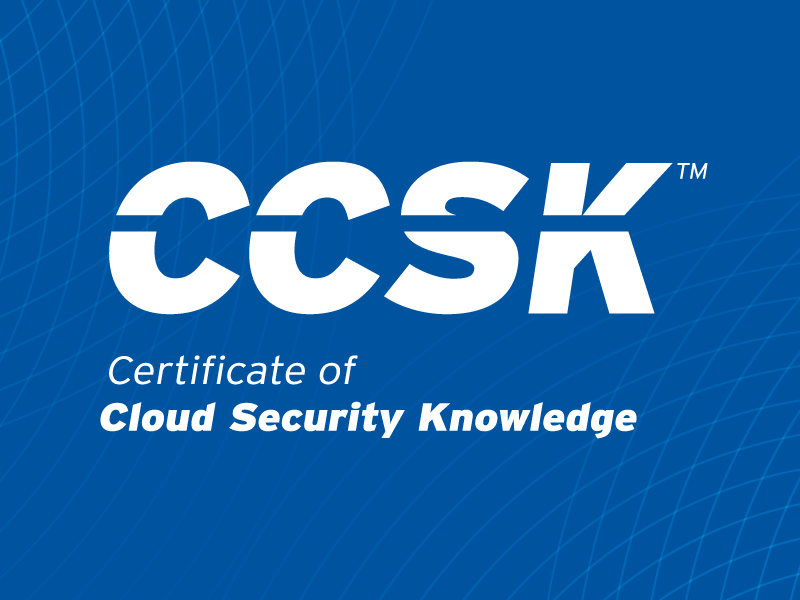Top Threat #8 - Patch, Protect, Prevail: Navigating System Vulnerabilities
Published 01/30/2025
Written by CSA’s Top Threats Working Group.
In this blog series, we cover the key security challenges from CSA's Top Threats to Cloud Computing 2024. Drawing from the insights of over 500 experts, we'll discuss the 11 top cybersecurity threats, their business impact, and how to tackle them. Whether you're a professional or a beginner, this series offers a clear guide to the evolving cloud security landscape.
Today’s post covers the #8 top threat: System Vulnerabilities.
What is a System Vulnerability?
System vulnerabilities are flaws in cloud platforms that can compromise data confidentiality, integrity, and availability or disrupt service operations. Addressing these vulnerabilities requires continuous monitoring, regular vulnerability scanning, patch management, and deploying a Zero Trust architecture to limit access through continuous authentication and least privilege enforcement. The four main categories of system vulnerabilities are:
- Misconfiguration: The most prevalent cloud vulnerability, caused by default or incorrect configuration settings.
- Zero-day: Vulnerabilities exploited by threat actors before being identified by providers.
- Unpatched software: Known weaknesses that remain unfixed despite available patches.
- Weak or default credentials: Inadequate credentials that increase the risk of unauthorized access to systems and data.
Consequences & Business Impact
System vulnerabilities harm cloud services until they are addressed. Key impacts include:
- Technical impacts: Attack risks from weakened security, and data loss from unpatched vulnerabilities.
- Operational impacts: Disrupted business operations, degraded system performance, and outages.
- Financial impacts: Revenue loss from disruptions and non-compliance fines.
- Reputational impacts: Damage to both cloud providers’ and clients’ reputations due to breaches or interruptions.
Mitigation Strategies
System vulnerabilities expand the attack surface of cloud services. To mitigate these risks:
- Employ continuous monitoring of systems and networks to provide visibility into security vulnerabilities and other system integrity issues.
- Undertake regular patch management to ensure that the latest security patches are acquired and deployed, making systems more resistant to cyberattacks.
- Implement a Zero Trust architecture to limit access to critical cloud resources, limiting the potential damage by zero-day vulnerabilities.
To learn more about the top threats and explore strategies for mitigating these risks, download the full Top Threats to Cloud Computing 2024 here.
Unlock Cloud Security Insights
Subscribe to our newsletter for the latest expert trends and updates
Related Articles:
The Layoff Aftershock No One Talks About: The NHIs Left Behind
Published: 11/26/2025
MCP Can Be RCE for You and Me
Published: 11/25/2025
3 Vulnerabilities in Generative AI Systems and How Penetration Testing Can Help
Published: 11/24/2025
How to Measure SOC Efficiency and Performance (Lessons from the Frontlines)
Published: 11/24/2025






.jpeg)
.jpeg)
.jpeg)
.jpeg)